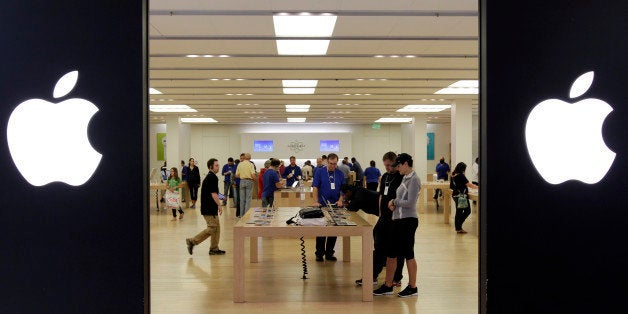
This post originally appeared on Consumerist.
An article in the Wall Street Journal today forced me to face a difficult truth about myself: I only go to the mall when one of my Apple products breaks or I want to test makeup. I’m not alone in this, apparently, because Apple Stores are replacing department stores as a driver of traffic to malls, and they’ve worked out unique rent arrangements because of that.
The classic setup of a mall has been that malls have department or big-box stores as anchors, which typically pay lower rent per square foot or own their stores’ buildings that adjoin the mall. (This is a large part of Sears’ financial burden right now, and why they’re trying to sell and lease back some stores and ditch others.) In exchange for these privileges, anchor stores are supposed to draw customers to the mall; they stop in other stores while they walk from Best Buy to Macy’s.
In theory, this is how an Apple Store should function. Yet while they’re drawing people into the mall, are those people actually shopping there? The WSJ interviewed mall business insiders who explained that putting an Apple Store in a mall can raise total sales by as much as 10%, even though the store fits in only a tiny part of the mall’s retail space. That makes sense: when someone walks into a store and can drop hundreds of dollars on a phone or tablet or more than a thousand on a computer, that boosts sales numbers overall, but does nothing for the other stores.
This leads to savvy retailers asking what seems like a strange question when they’re considering a new store: what are the mall’s total sales not counting Apple? That gives them a more accurate picture of spending patterns on things that aren’t shiny gadgets.
Apple Gets Sweet Deals From Mall Operators [Wall Street Journal]